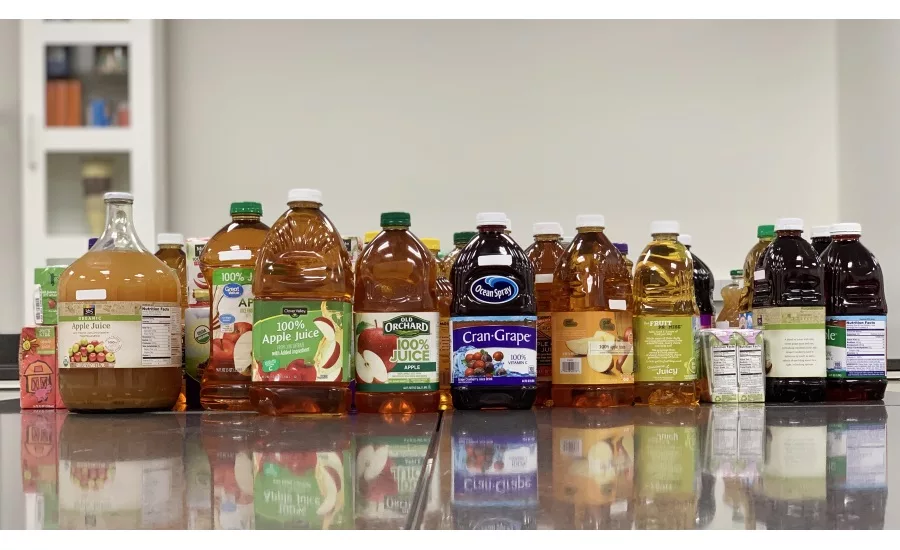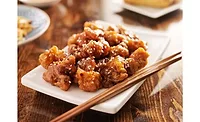Exclusive interview: Q&A with Consumer Reports on concerning levels of heavy metals in fruit juices

Food Safety Strategies was recently able to speak with James Dickerson, chief scientific officer at Consumer Reports, about their recent testing on heavy metals in fruit juices.
Liz Parker: What was your methodology in this testing?
James Dickerson: Consumer Reports (CR) tested 45 popular fruit juices sold across the country for the presence of heavy metals. CR specifically evaluated non-refrigerated, ready-to-drink juices in four flavors: apple, fruit juice blends, grape, and pear. CR’s tests focused on cadmium, lead, mercury, and inorganic arsenic because they pose some of the greatest health risks and because prior research suggests they are common in food and drink. Our evaluation also included an assessment of the measured levels of the heavy metals for potential risk to children and adults.
LP: Why are these heavy metals showing up in juice products?
JD: Heavy metals are found throughout the environment. In some cases, those compounds enter the air, water, and soil through melting glaciers, volcanic activities, or other natural events—and sometimes through pollution, mining, pesticides, or other human activities. Evidence suggests that the manufacturing process and water used in making fruit juices also might contribute to this contamination.
LP: What can juice manufacturers do to help reduce levels of heavy metals in their products?
JD: Overall, the levels of heavy metals in fruit juices have gone down since CR's last tests. For example, in 2011 just 29 percent of juices we tested had lead levels below 1 ppb, compared with 53 percent now. That shows that juice manufacturers are able to reduce the levels of heavy metals in their products. A possible solution could be for companies to analyze more carefully their entire supply chain, from orchard to store, to ascertain where the contamination is occurring. CR also suggests that manufacturers should take steps to reduce heavy metal contamination by prioritizing heavy metal contamination when sourcing the juice’s ingredients, through ensuring that water and equipment used in manufacturing are not sources of contamination, and by choosing the juice packaging carefully.
Looking for quick answers on food safety topics?
Try Ask FSM, our new smart AI search tool.
Ask FSM →
LP: Why did the test results improve between 2011 and this recent test?
JD: Gerber told CR that it has focused on adhering to recommended limits, carefully sourcing its ingredients, and utilizing “best-in-class” testing methods and equipment. For example, the company now purifies the water used in its juices through reverse osmosis, a method that can reduce, though not eliminate, certain heavy metals. Other manufacturers possibly are making similar changes, which could account for the lower levels of heavy metals.
LP: Why have federal regulators resisted setting recommended thresholds for heavy metals in juice products?
JD: In response to our findings, the FDA told CR: "We know there is more work to be done to reduce these elements in our food supply and we place a high priority on reducing exposure among infants and children, as the very young are more susceptible to their potential adverse health effects. We welcome the data provided by Consumer Reports and will review it in its entirety as part of our larger, comprehensive effort to reduce toxic element exposure. The findings of Consumer Reports underscore the progress that has been made in reducing the amounts of these elements in fruit juices over the past several years. We are encouraged by this progress and believe that FDA oversight and industry responsiveness will continue to drive innovation leading to reductions in exposure."
LP: What threshold levels of heavy metals does CR recommend for federal recommended guidance?
JD: CR ultimately would like to see the FDA set a limit of no measurable levels of inorganic arsenic, cadmium, and lead in juice, and work toward this incrementally. Meanwhile, we support and recommend the following:
- Inorganic arsenic: The FDA proposed limiting inorganic arsenic in apple juice to 10 ppb, the federal arsenic standard for drinking water. CR has urged the FDA to adopt a 3 ppb limit because our tests have demonstrated that lower levels are achievable. CR found that 58 percent of the juices we tested had levels below the 3ppb cutoff. CR believes this limit should apply to other non-refrigerated, ready-to-drink juices, not just apple.
- Lead: The FDA’s current guidelines is 50 ppb but CR thinks it should be much lower than that. The standard for lead in bottled water, for example, is 10 times lower, at 5 ppb. CR found that 53 percent of the juices we tested had levels of 1ppb or less.
- Cadmium: The FDA has not proposed a limit for juice. CR supports a 1ppb limit in juice. Only three juices tested by CR had cadmium levels higher than that amount.








